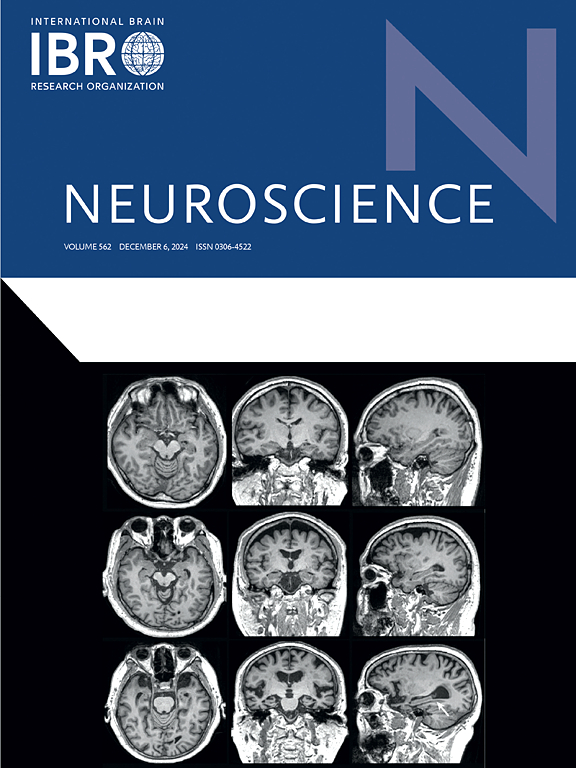High-altitude adaptation strategies: active integration of higher-order cognitive processes by indigenous residents to overcome altitude-induced constraints in visual cognition
IF 2.9
3区 医学
Q2 NEUROSCIENCES
引用次数: 0
Abstract
This study explores the influence of indigenous residents at high altitudes on visuospatial cognitive functions, particularly focusing on mental rotation abilities among different populations. The study adopts a comprehensive methodological framework that combines behavioral assessments with advanced neuroimaging techniques. Data collection involves administering mental rotation task to the participants, followed by analyzing their behavioral responses. The behavioral results showed that immigrants to high altitudes had slower rotation response times compared to lowland residents, whereas indigenous residents demonstrated comparable response speeds but with higher error rates. Neurophysiological findings indicated significant altitude-associated variations in neural activity. Notably, differences were observed in the P3 and RRN component amplitudes between highland and lowland residents. Both immigrant and indigenous groups exhibited increased alpha and beta band activity during mental rotation task. Critically, indigenous residents exhibited distinct P1 amplitude profiles accompanied by unique orbitofrontal cortex (OFC) recruitment during visuospatial processing—an integrated neural pattern reflecting the embedding of higher-order cognitive evaluations and motivational processes into basic visual processing. This population-specific adaptation represents a key neurophysiological mechanism to overcome high-altitude cognitive demands, signifying environmental-driven reconfiguration of cortical hierarchies. These results not only broaden our understanding of environmental influences on cognitive function but also shed light on the adaptive capacities of human populations residing in extreme conditions.
高海拔适应策略:原住民主动整合高阶认知过程以克服海拔导致的视觉认知限制
本研究探讨了高海拔地区土著居民对视觉空间认知功能的影响,特别关注不同人群的心理旋转能力。本研究采用综合的方法框架,将行为评估与先进的神经成像技术相结合。数据收集包括对参与者进行心理旋转任务,然后分析他们的行为反应。行为学结果表明,高海拔地区移民的旋转反应时间比低海拔地区居民慢,而土著居民的反应速度相当,但错误率更高。神经生理学结果表明,神经活动有显著的海拔相关变化。高原和低地居民的P3和RRN分量振幅存在显著差异。移民和土著群体在心理旋转任务中都表现出增加的α和β波段活动。重要的是,土著居民在视觉空间处理过程中表现出独特的P1振幅谱,并伴有独特的眶额皮质(OFC)的招募,这是一种反映高阶认知评估和动机过程嵌入基本视觉处理的综合神经模式。这种群体特异性适应代表了克服高海拔认知需求的关键神经生理机制,标志着环境驱动的皮层层次结构重构。这些结果不仅拓宽了我们对环境对认知功能的影响的理解,而且揭示了居住在极端条件下的人类群体的适应能力。
本文章由计算机程序翻译,如有差异,请以英文原文为准。
求助全文
约1分钟内获得全文
求助全文
来源期刊

Neuroscience
医学-神经科学
CiteScore
6.20
自引率
0.00%
发文量
394
审稿时长
52 days
期刊介绍:
Neuroscience publishes papers describing the results of original research on any aspect of the scientific study of the nervous system. Any paper, however short, will be considered for publication provided that it reports significant, new and carefully confirmed findings with full experimental details.
 求助内容:
求助内容: 应助结果提醒方式:
应助结果提醒方式:


